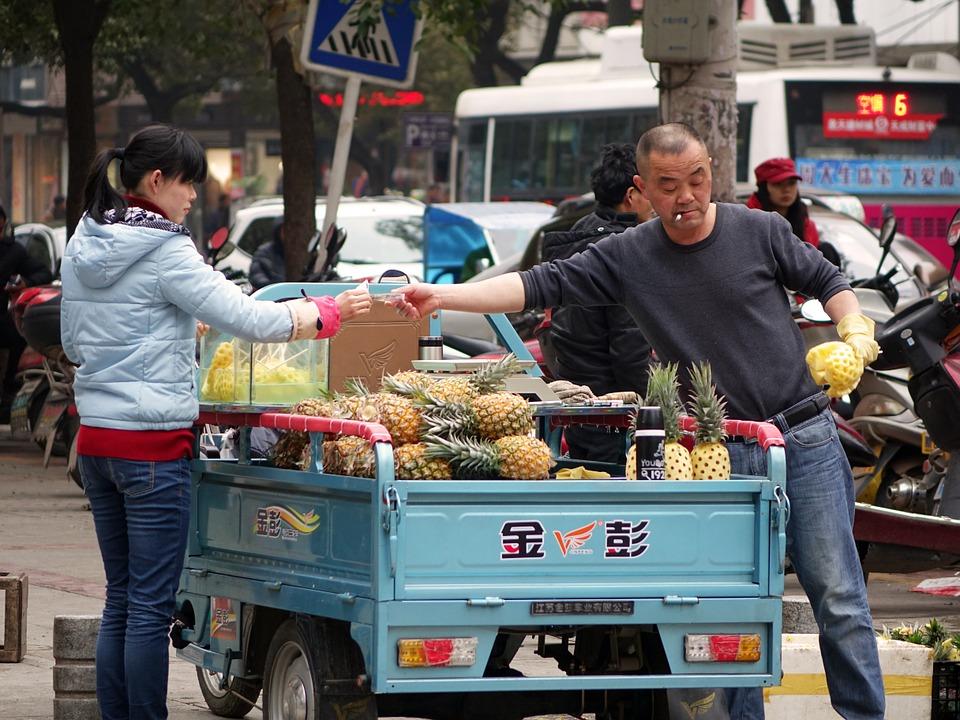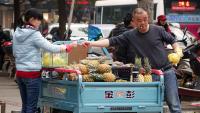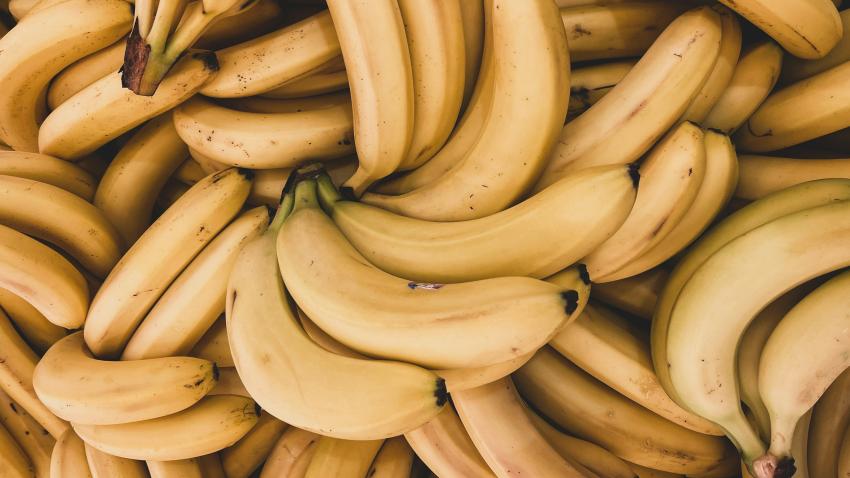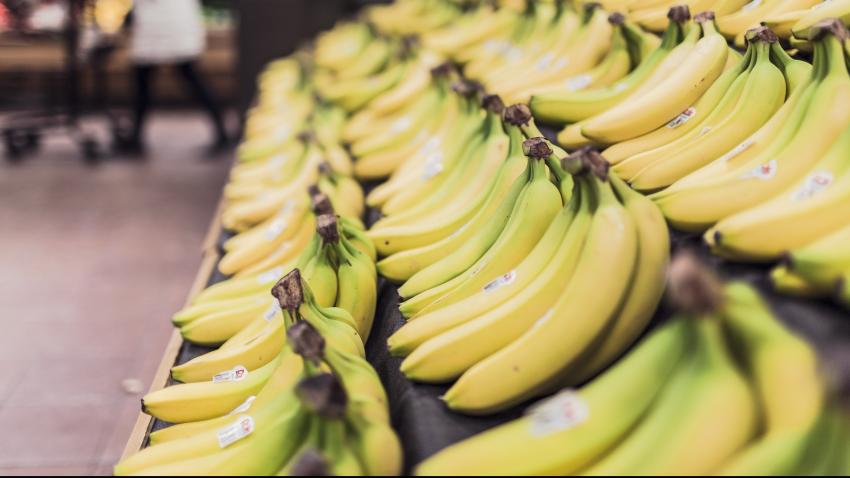You are here
Back to topMinistry of Agriculture: China Fresh Fruit Prices Inch Down in July

After rising in April, May and June, wholesale prices of widely-consumed fresh fruits in China began inching down in in the first half of July, according to statistics released by China’s Ministry of Agriculture and Rural Affairs. The average wholesale price for a “basket” of six fruits composed of Chinese white pears, Fuji apples, pineapples, watermelons, bananas, and Kyoho grapes was RMB 8.26 ($1.20) per kilogram during the first two weeks of July, according to the ministry’s figures. While this figure was 50.5% higher than during the same period last year, it did represent a slight 1.5% easing of prices compared to June.
Within this basket of goods, the fruits driving the drop in prices were watermelons, Kyoho grapes, and bananas, which fell in price by 19.8%, 16.1% and 3.2% respectively compared to June. Offsetting those lower prices were Chinese white pears, pineapples and Fuji apples, which rose by 14.2%, 7.6% and 5.4% compared to last month.
The primary reason behind the rise in prices of pineapple was heavy rains in southern China that have affected the harvest and transportation to market of the pineapple crop. For the pears and apples, despite moderate sales volume, stored reserves of these fruits are low, which is driving up prices.
The reason for the dip in fruit prices in July was the coming online of production of various summer fruits. However, other short-term and system factors have held prices substantially higher compared to last year.
Watermelons have dropped in price compared to last month not only because of increase in supply as we enter the main domestic harvest season, but also because watermelon quality was affected in many southern regions by heavy rains and low temperatures. However, compared to last year, prices for watermelons were still more than 14% higher. This was due to a lower overall supply than normal due to the aforementioned weather conditions in the south and the opposite problem of overly hot and sunny weather in the north, which has led to sunburnt fruit.
Banana prices have also fallen month-on-month as warming temperatures in production areas boost output. However, prices remain more than 35% higher than last year. One explanation may be that the planation area for bananas in Guangxi province has been falling in recent years and the cost of land and labor has increased significantly for producers.
Fruit prices are expected to continue falling over the course of the summer, driven by output of watermelon, muskmelon and grapes. But, with low inventories, apple and pear prices will likely continue to run high until the 2019/20 season production starts coming to market in force. According to crop forecasts, apple and pear output will rebound this year in China, which may lead to soft prices after the season gets underway.
Image: Max Pixel
This article was translated from Chinese. Read the original article.













